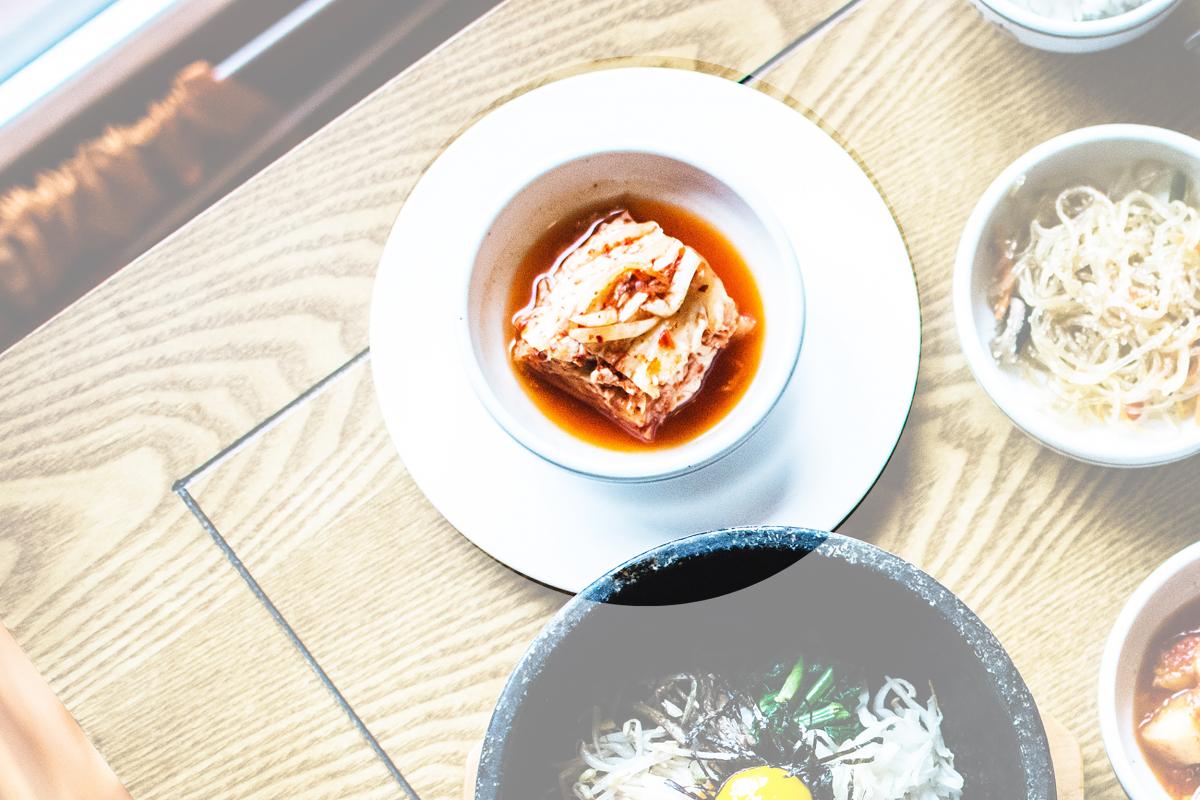
Eat Your Kimchi
My hometown is a beautiful place, depending on where you look and what you like. In one direction lie the mountains we so identify with Colorado, though we don’t really live in them so much as next to them. In all the other directions, you’d be hard-pressed to travel more than a mile or two before stubbing your toe on a strip mall or tract housing development. I do my best to not use restaurant rating apps here because they induce a kind of depression; it would seem that the best our town has to offer is chain restaurants boasting “huge portions” and “breakfast all day.” I feel this somehow reflects on me—guilt by association—when everyone gives these places five stars. This is our culinary best?
Yes—ours was once a cow town. I get it. But the world is not the same that it was 50 years ago, or 50 days for that matter. My great-grandfather grazed cattle on the plains of eastern Oregon, and if he went out to eat I’m sure that getting a good amount of food for his buck would have been welcome. I wonder if he ever ate sushi or ramen or a great panang curry or dolsot bibimbap. I doubt it.
For some of us, a great adventure is rebuilding a car with our own hands or summiting the highest peak we can get ourselves to. For me, travel has always held a special place in my heart, but I can’t afford to jump on a plane headed to far-off places whenever I want. What I can do, for the sake of my love of travel, here in my vanilla town, is eat Korean, Indian, Japanese, Ethiopian, Filipino, or any other cuisine that pulls me into some other culture.

My bet is many of you already do this, too, and probably have your spot of choice, but for the sake of this article, I’m going to assume you haven’t broken out into this yet and give you some pointers on what to order. Since trying to do justice to each culture and cuisine would fill a book, I’m going to stick with one of my current favorites: Korean.
If you happen to live in a town that offers Korean barbecue—where the grills are at each table—go there. Like, right now. It’s safe to get what these places recommend for cuts of beef that you grill yourself, and it’ll blow your mind. Be sure to throw the little aluminum foil bowl on the heat so you can warm up the garlic in there. Typically you can eat this two ways: straight off the grill or by wrapping some meat in some of the leaves provided and making a bite-sized morsel.
A word on garlic: South Koreans consume the most garlic per capita of any country in the world. I read somewhere that they consume more garlic than the rest of the world combined, but I find that hard to believe. In any case, Koreans put garlic in everything, and cloves are also waiting around to be added to the grill or to be eaten raw in most Korean BBQ joints. We could learn something from them. Garlic is delicious, naturally fights illness (and vampires or mosquito bites, depending on who you ask), and really elevates food. Once you adjust to adding more garlic to your diet, you may end up doing what I do and double or triple the amount suggested in every recipe you make at home. I’m getting distracted just thinking about it.
If you are like me and don’t happen to live in a city with a spot offering the grill-it-yourself experience, consider moving somewhere that does. I do. I would. Maybe I should open one…

Our local spots are still really good, but you’re going to be ordering something different. I’d go for a dolsot bibimbap, which is a hot bowl of rice, pickled veggies, beef, and an egg. My wife loves the banchan, which are all the little side dishes that come complimentary with the meal. You never know what you’re going to get, other than kimchi. Eat the kimchi, folks.
A note on kimchi: while most cultures have some kind of fermented food, kimchi goes back centuries. The modern iteration has only been around for the last 100 years or so, thanks to global trade influencing the peppers and mixture that gets added to the cabbage. It’s a little like Korean sauerkraut, but I never liked sauerkraut until I ate kimchi. Kimchi got a bad rap when somebody decided it was a good substitute for a more foul word, as in “you’re in deep kimchi now.” But it’s not foul at all; it’s delicious. Fun fact: kimchi was used to feed the South Korean army in the Korean War, as they could make batches in large ceramic jars and bury them for the troops to unearth later. I’m betting it beat the taste of MREs by a long shot.
You should also order some mandu or dumplings, which come either fried or steamed. Maybe get one of each, for science. Tong galbi is a kind of BBQ short rib, typically prepared with (or served with) gochujang, which is the red spicy sauce that basically should go on everything. If spice isn’t really your thing, consider making it your thing. Add small bits to your mandu and bibimbap. I mean, seriously—the saying goes “spice of life,” not “bland of life.”

One of my favorite rituals is getting a couple large beers for the table and sharing them. Most Korean joints use small glassware for drinking the beer, and it’s customary to pour for each other—never for yourself—which I love, because it feels communal and celebratory.
There you have it! It’s a pretty good starting point for most options we have here in the U.S., and if you’ve never stepped into trying Korean food, now you can without feeling like an idiot. Of course, order what looks good to you, and explore a few options.
Now I’m going to go find some kimchi to take down.









